We're happy to announce that JVx 3.o is available. It's a feature release and fixes some problems.
All changes are documented in our ticketing system. The release contains 138 tickets and much more work behind the scenes. It is full of experience gained from countless projects. This version is the heart of our low-code platform VisionX and it is a rock star.
JVx 3 is the effort of 34 months hard work.
Thank you Martin and René for your tireless work!
It comes with better database independency, Java code parsing and execution, Image metadata (mobile devices), improved Parameter handling and much more. The full list of changes is available in our ticketing system and in the changelog of our code repository.
Start with JVx
The next mobile UI will be version 2.6.0 and will be available in April.
We wrote about some new features in our last blog.
We have more highlights for your
- Tree support
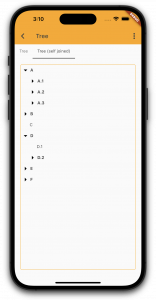 Tree support |
|
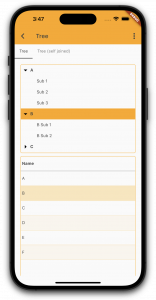 Tree selected |
- Concat mask support
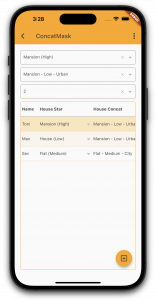
Concat mask
- Popup/Content support
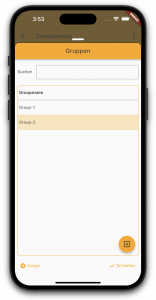
Popup
- Saving immediate support for editors
- Signature pad with lock mode (better scrolling support)
- App now sends alive to the server
- Websocket keep alive
Our mobile flutter UI is just awesome. Just sayin'
The next version will be 2.6.0.
It will fix some smaller bugs and will provide you with a killer feature. It will be possible to use multiple application configurations. Simply switch your JVx based applications.
The application overview will look like this:
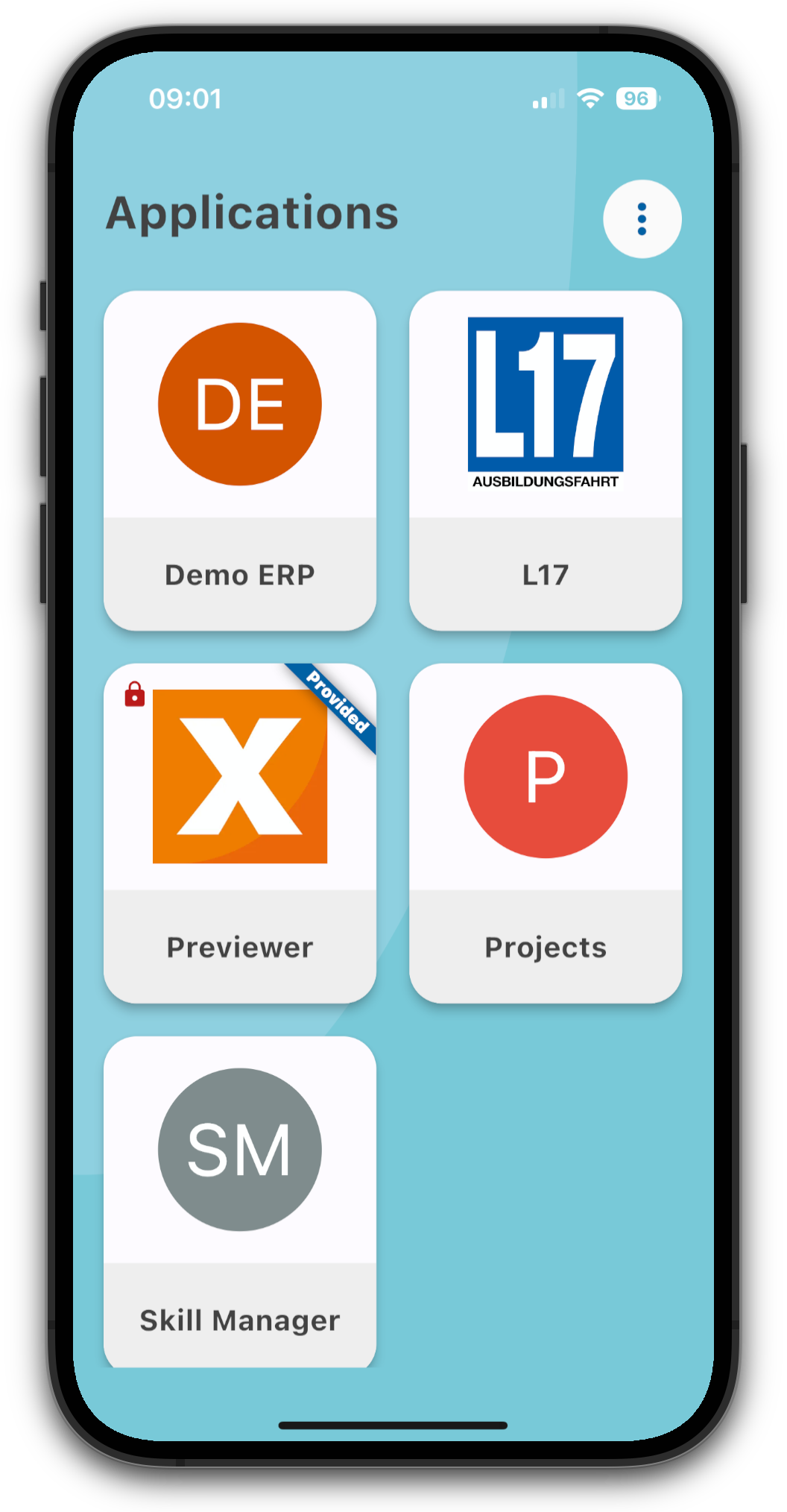
Application overview
What else?
We have support for haptic feedback and slider button. We improved screen loading and will show a skeleton with loading animation. We have support for flat/text buttons an image viewer and full-screen multiline text editor. The image viewer is automatically available for all your image editors. Simply tap on an image. If you have small multiline editors in your screen, simply double tap to get a full-screen editor.
You want more?
We have edit support for simple tables (single cells or the whole record), we have sort on header and also table reload support. The application API was updated and is now much easier to use. Our example application demonstrates many use-cases but a full API documentation is not available at the moment. This is on our todo-list!
The flutter client for JVx applications is Apache 2.0 licensed and the source code is available here.
The multi-factor-authentication support in JVx is not a brand-new feature but it was undocumented. If you're interested in MFA, simply read the documentation.
If you're also interested in custom REST services, read following article.
The JVx documentation doesn't explain every single feature of JVx, but it's better than you think!
JVx 2.8.5 is out and we have some Source Code statistics for you!
Our last statistics were determined for JVx 2.2. The source code grew by 50.012 lines, since 2.2. We now have 178.896 (JVx library, Swing UI, tests) compared to 128.884 in JVx 2.2. Still awesome if we compare the features of JVx with any other application framework!
Here are the actual numbers for you:
|
| JVx library |
|
Swing UI |
|
| LoC |
|
Type |
| 107.951 |
|
Code |
| 86.032 |
|
Comments (~ 44% of Code) |
| 28.282 |
|
Empty lines |
| 222.265 |
|
Total |
|
|
| LoC |
|
Type |
| 41.544 |
|
Code |
| 22.321 |
|
Comments (~ 35% of Code) |
| 9.249 |
|
Empty lines |
| 73.114 |
|
Total |
|
| |
| JVx library (Test cases) |
|
|
|
| LoC |
|
Type |
| 29.401 |
|
Code |
| 14.620 |
|
Comments (~ 33% of Code) |
| 9.649 |
|
Empty lines |
| 53.670 |
|
Total |
|
|
|
|
Some additional numbers:
|
| Files and Tests |
|
| JVx library source files |
|
825 |
| Swing UI source files |
|
148 |
| Test source files |
|
151 |
| Total |
|
1124 |
|
|
Still a small codebase  and still very easy to maintain. Here are more numbers, about testing: and still very easy to maintain. Here are more numbers, about testing: |
| |
| Unit tests (no UI, without manual perf. tests)
| |
|
1000 |
| Class coverage (without UI)
| |
|
73% |
| Method coverage (without UI)
| |
|
62% |
|
|
| Our coverage is not as good as with 2.2 but still not bad. |
|
TOP 10 classes
| Classname |
|
LoC |
| DBAccess |
|
5.775 |
| MemDataBook |
|
4.712 |
| JVxTable |
|
2.704 |
| ArrayUtil |
|
2.613 |
| DBStorage |
|
2.237 |
| StringUtil |
|
2.230 |
| Server |
|
2.058 |
| SimpleJavaSource |
|
1.583 |
| PostgreSQLDBAccess |
|
1.495 |
| DateUtil |
|
1.468 |
This are interesting numbers because in JVx 2.2, MemDataBook was on 1st place. We now have more code for database support than before. The newcomers are SimpleJavaSource and PostgreSQLDBAccess.
We tried to reduce complexity of DBAccess and MemDataBook, but complex things are complex. This is why we develop JVx. It makes complex things, simple.
The development phase of JVx 3.0 has started. We'll change some things which are important to know:
JVx 3.0 won't be Java 6 compatible. We'll switch to Java 8 and... still super backwards compatible.
We'll also change some package names like javax.rad. But we don't have a complete list right now.
So keep reading.
We're happy to announce that JVx 2.8.5 is available. It's a bigger bugfix release and comes with many powerful new features.
What's new?
- Loading MetaData performance tuning
- REST
It's now possible to register custom admin services and to disable general admin services. We also introduced a public zone.
- E-Mail support
Simply send an email with pre-configured server settings.
- Dynamic cell editors
Set the dynamic cell editor on one cell and use different cell editors in the same cell, based on a type configuration.
- Simple Map implementation
OpenStreetMap and Google
- Accessible/Not Accessible per environment
- putObject support for DataRow
- Better logging API configuration
- Many more...
The full changelog is available here.
Start with JVx
No worries about CVE-2021-44228.
We have support in JVx for different logging libraries, but use Java logging API per default.
Our product VisionX doesn't use log4j(2) and the log4j2 jar file is not included.
So if you're using VisionX, you won't have any problems.
If you're using JVx without log4j2, also no problems.
If you're using JVx and log4j2, be sure to use one of the latest jdks and you won't have any problems. Also an update to latest log4j2 is recommended.
We are happy to announce that our EPlug 1.2.43 is out.
EPlug is our Eclipse plugin for JVx applications and also for our low-code platform VisionX.
The main improvements were a complete redesign and a big performance tuning.
For sure, we have some great new features like:
- Support for ColumnViews
- Support for MasterReferences
- Support for SortDefinitions
- Support for new Var(...)
- Metadata cache improvements
- Avoid compile Errors when columns cannot be checked
- Show element in tree (one click)
- Bugfixes
Feel free to try out our new version and send us your feedback.
-> Eclipse Marketplace
Es gibt seit kurzem einen neuen Artikel über unsere brandneue Flutter App in der deutschen Presse. Hier das Intro:
Wer eine App für mobile Geräte entwickeln möchte, steht zumindest vor einer wichtigen Frage: Mit welcher Technologie soll die App realisiert werden? Da es aktuell verschiedenste Möglichkeiten gibt, ist die Antwort nicht sofort klar. Mit diesem Problem war das Framework-Team von SIB Visions ebenfalls konfrontiert, als es darum ging, einen Client für das Open Source Application Framework JVx zu entwickeln. Wie
vor allem was umgesetzt wurde, wird ...
Der vollständige Artikel ist hier zu finden. Prädikat lesenswert 






 RSS-Feed
RSS-Feed